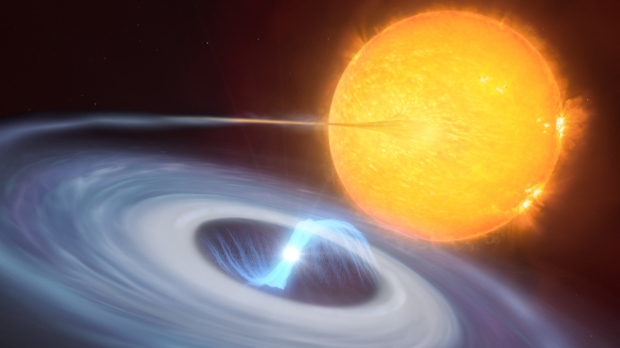A study on the new stellar explosion titled "Localized thermonuclear bursts from accreting magnetic white dwarfs" has been published in the journal Nature.
Astronomers have used NASA's Transiting Exoplanet Survey Satellite (TESS), and European Southern Observatory's Very Large Telescope (ESO's VLT) to observe a new kind of stellar explosion, dubbed a micronova. They are extremely powerful events but still significantly less energetic than conventional stellar explosions, known as novae. They last only several hours and can burn through about 20,000,000 trillion kilograms, or 3.5 billion Great Pyramids of Giza, worth of stellar material.
"We have discovered and identified for the first time what we are calling a micronova. The phenomenon challenges our understanding of how thermonuclear explosions in stars occur. We thought we knew this, but this discovery proposes a totally new way to achieve them," explained Simone Scaringi, an astronomer at Durham University in the U.K. who led the study.
The research team has observed three micronovae so far, two of which were from known white dwarf stars from the TESS survey. The third required help from the ESO's VLT X-shooter instrument, which led to the confirmation of a third white dwarf.
You can read more from the study here.
Adam's Top 3 Recommended Articles:
Read more: NASA satellite spots helicopter flying on Mars' surface
Read more: Lone Ukrainian tank sneaks up on and ambushes Russian convoy
Read more: Almost all Bitcoins that will ever exist have now been mined



